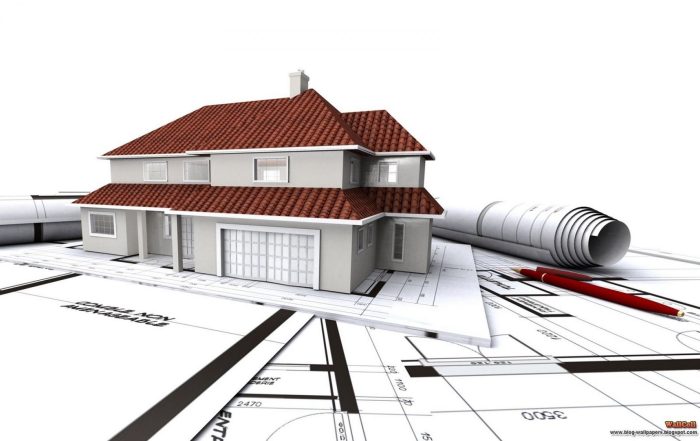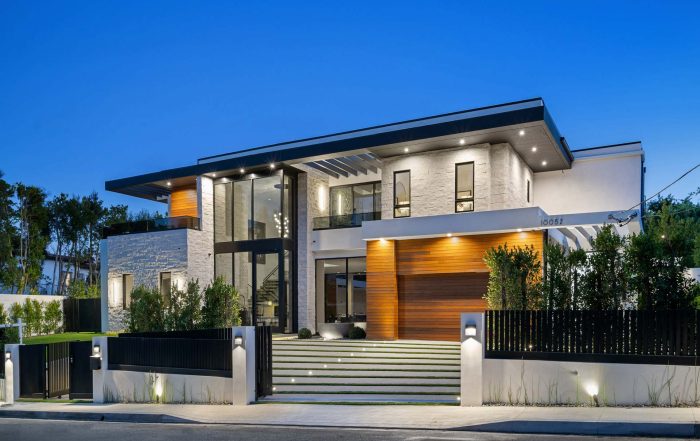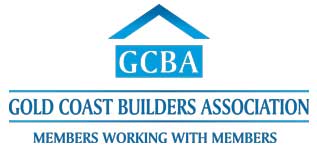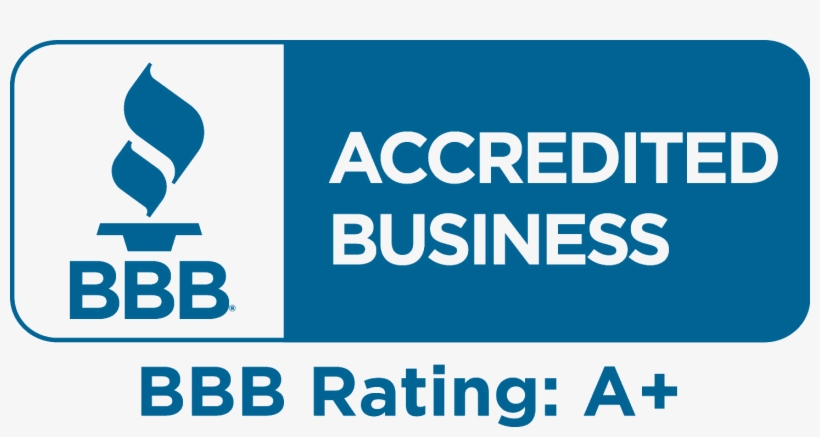
Transforming Spaces: How a Kitchen Remodel Can Elevate Your Home’s Value
Introduction to the 10-Step Process
A kitchen remodel is one of the most impactful home improvement projects you can undertake, not only enhancing your daily living experience but also significantly increasing your home’s market value. The kitchen often serves as the heart of the home, a gathering place for family and friends, and a hub for culinary creativity. When it comes to remodeling, a well-thought-out process is essential to ensure that your project runs smoothly and meets your expectations. This blog section outlines a comprehensive 10-step process to guide you through your kitchen remodel, from initial concept to final inspection, helping you create a space that reflects your style and elevates your home’s overall value.
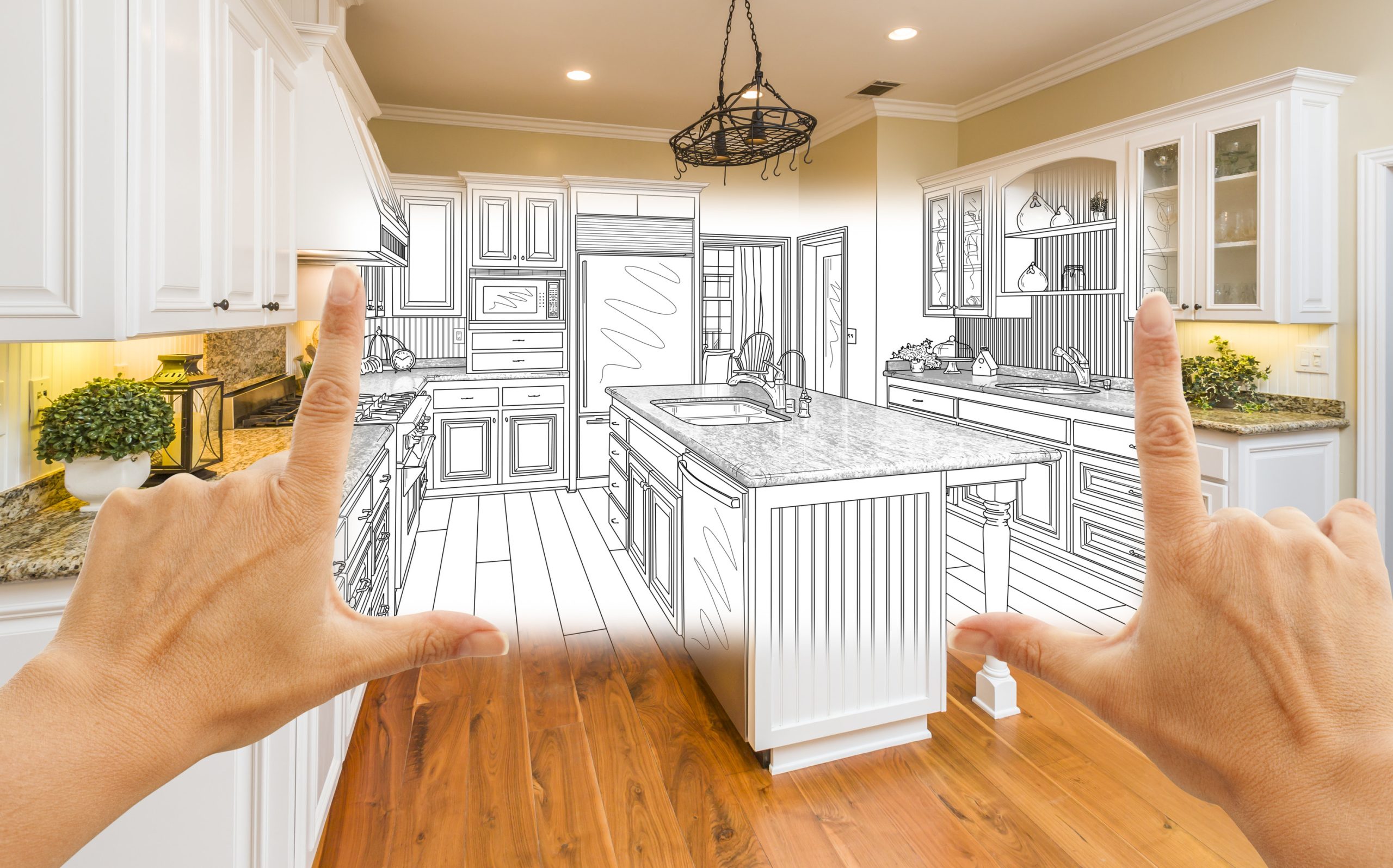
Step 1: Define Your Goals
Before diving into the nitty-gritty of your remodel, it’s crucial to define your goals. What do you want to achieve with this remodel? Are you looking to create a more functional space for cooking, or do you want to enhance aesthetic appeal for entertainment? Perhaps your goal is to increase your home’s value or to incorporate modern technology. By clarifying your objectives, you can tailor your design and decisions to meet those specific needs. Make a list of your must-haves versus your nice-to-haves and consider how you use your kitchen daily. This foundational step will not only guide your design choices but also ensure that the end result aligns with your vision.
Step 2: Set a Realistic Budget
Once your goals are defined, the next step is to set a realistic budget. Kitchen remodels can vary widely in cost, depending on the scope of the project, materials chosen, and labor involved. It’s essential to have a clear understanding of how much you’re willing to spend and to account for unexpected expenses that may arise during the renovation process. A good rule of thumb is to allocate about 10-20% of your total budget for contingencies. Research average costs for the materials and labor you’re considering, and consult with professionals to get estimates. Having a solid budget will help you make informed decisions and avoid overspending, ensuring that your remodel adds value rather than becoming a financial burden.
Step 3: Research and Gather Inspiration
With your goals and budget in place, it’s time to gather inspiration for your kitchen remodel. This step is all about exploration—dive into design magazines, browse online platforms like Pinterest and Instagram, and visit local home improvement stores or showrooms. Pay attention to the styles, layouts, and features that resonate with you. Create a mood board or a digital collection of images that capture the essence of what you want your new kitchen to look like. This visual representation will serve as a valuable reference throughout the design process, helping you communicate your vision to contractors and designers. Remember, this is your space, so let your personality shine through in your choices.
Step 4: Hire the Right Professionals
Once you have a clear vision of your remodel, it’s time to hire the right professionals. Depending on the scale of your project, you may need to engage a variety of experts, including architects, interior designers, and contractors. Take the time to research potential candidates, read reviews, and ask for recommendations from friends or family. Interview multiple professionals to understand their approach, experience, and fees. A good contractor will not only have the technical skills to execute your vision but also the ability to communicate effectively and manage the project timeline. Establishing a strong working relationship with your team is crucial for a successful remodel, so choose professionals who align with your goals and values.
Step 5: Design Your Space
Now that you have your team in place, it’s time to bring your vision to life through the design phase. Collaborate with your designer to create a layout that maximizes functionality and flow while incorporating your desired aesthetic elements. Consider the work triangle—the relationship between the stove, sink, and refrigerator—as this is key to creating an efficient kitchen space. Think about how you can integrate storage solutions, such as cabinets that reach the ceiling or pull-out shelves, to make the most of your available space. Additionally, this is the time to finalize details like color schemes, cabinetry styles, and countertop materials. A well-thought-out design will not only enhance your kitchen’s functionality but also elevate its overall appeal.
Step 6: Choose Quality Materials
Quality materials are essential for a successful kitchen remodel. While it may be tempting to cut costs on materials, investing in high-quality options will pay off in the long run, both in terms of durability and aesthetic appeal. When selecting materials for countertops, cabinets, flooring, and fixtures, consider options that are not only beautiful but also practical and easy to maintain. For instance, granite or quartz countertops offer durability and elegance, while hardwood or tile flooring can add warmth and style. Remember to balance quality with your budget—there are often mid-range options that provide a similar look without the premium price tag. Choosing the right materials will enhance your kitchen’s functionality and ensure it stands the test of time.
Step 7: Plan for Lighting and Electrical Needs
Lighting plays a pivotal role in the overall ambiance and functionality of your kitchen. As you design your space, consider incorporating a mix of tasks, ambient, and accent lighting to create a well-lit environment. Task lighting is particularly important in areas where food preparation occurs, such as over the countertops or the island. Ambient lighting, like ceiling fixtures or recessed lights, can provide overall illumination, while accent lighting can highlight design features, such as cabinetry or artwork. Additionally, ensure that your electrical needs are met, including outlets for appliances, charging stations, and under-cabinet lighting. Proper planning for lighting and electrical needs will not only enhance the usability of your kitchen but also contribute to its overall aesthetic appeal.
Step 8: Consider Energy Efficiency
In today’s Eco-conscious world, considering energy efficiency during your kitchen remodel is not just a trend; it’s a necessity. Upgrading to energy-efficient appliances, such as refrigerators, dishwashers, and ovens, can significantly reduce your utility bills and your carbon footprint. Look for appliances that are ENERGY STAR certified, as they meet strict efficiency guidelines. Additionally, consider incorporating energy-efficient lighting options, such as LED bulbs, which consume less energy and have a longer lifespan than traditional bulbs. Insulation and ventilation should also be part of your energy efficiency considerations, as they contribute to maintaining a comfortable temperature in your kitchen. By making energy-efficient choices, you can create a sustainable kitchen that benefits both your wallet and the environment.
Step 9: Prepare for the Remodel
Preparation is key to a successful kitchen remodel. Before the work begins, ensure that your home is ready for the disruption that will occur during the renovation process. Create a temporary kitchen space in another area of your home, complete with essential appliances and utensils, to minimize inconvenience. Communicate with your contractor about the timeline and any specific needs you may have during the remodel. Clear out the kitchen of all items, including food, cookware, and small appliances, to allow for a smooth and efficient renovation process. Preparing adequately will help you navigate the challenges of living through a remodel and allow your contractors to work efficiently.
Step 10: Final Inspection and Enjoyment
As your kitchen remodel is nearing completion, it’s time for the final inspection. Walk through the space with your contractor to ensure that everything meets your expectations and is up to code. Check that all appliances are functioning properly and examine the quality of finishes and installations. This is also the time to address any last-minute adjustments or touch-ups that may be needed. Once everything is in order, it’s time to enjoy your newly remodeled kitchen! Host a gathering with family and friends to showcase your new space and celebrate the transformation. A well-executed kitchen remodel not only enhances your daily life but also adds significant value to your home, making it a worthwhile investment.
Conclusion
A kitchen remodel is a transformative journey that can significantly elevate your home’s value and enhance your quality of life. By following this 10-step process, you can navigate the complexities of remodeling with confidence, ensuring that your vision is realized while also adhering to your budget and timelines. From defining your goals to enjoying your newly designed space, each step plays a crucial role in achieving a successful kitchen remodel. As you embark on this exciting project, remember that the end result is not just a beautiful kitchen; it’s a space where memories will be made, meals will be shared, and your home’s value will be elevated for years to come.

